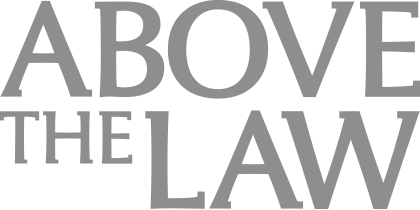Inside Straight: How Many People Should Attend The Meeting? How Long Should The Memo Be?
Generally, the fewer people who attend a meeting, the better.
 How many people should attend the meeting?
How many people should attend the meeting?
At a law firm: The smallest number possible, consistent with getting the job done. Why invite extra people to a meeting?
I suppose I’ll add one caveat: Very occasionally, an associate, whose time will not be billed, will be invited to a meeting to get a sense of what’s happening behind the scenes. But generally, the fewer people who attend a meeting, the better. The meeting will be more efficient and will cost less.
At a corporation: Invite lots of people.
We should invite people who are irrelevant to making the decision, just to make sure that they’re in the loop — or not offended by having been left out of the loop.
We should invite a few junior people. If they have the time to attend, why not? And attending will give them exposure to some of the muckety-mucks and let the junior folks see how we make decisions. And the junior folks might be interested in some of the topics that we’ll discuss.
Everyone’s time is costless — because you’re generally not being billed out by the hour — and many people could be interested in the meeting, or offended by not having been invited, or whatever. So the group expands.
Sponsored


Curbing Client And Talent Loss With Productivity Tech

AI Presents Both Opportunities And Risks For Lawyers. Are You Prepared?

Curbing Client And Talent Loss With Productivity Tech
But then it gets funny.
What’s the proper length for the memo describing the decision reached at the meeting?
At a law firm: It’s okay to create a 10-page memo.
Recipients of the memo will want to know the thought process that went into the decision-making. Recipients will want to see that you considered various permutations and that you excluded those permutations for good reasons. We don’t mind if the memo’s a little long — readers can always skim — but be sure to cover all the relevant content for those who are interested.
At a corporation: Three bullet points.
Sponsored

Generative AI at Work: Boosting e-Discovery Efficiency for Corporate Legal Teams

Legal Department Financial Management Tools Decrease Legal Spend
Are you kidding? People are busy. Nobody’s going to read an email that goes into a third or fourth paragraph. That takes too long, and it’s too much to digest. Anyway, people are accustomed to reading bullet points, and people almost never receive memos. Distill the decision down into the things that matter, and convey those things in a few bullet points. Maybe one PowerPoint slide. Without too many words on it. People might read that much, but you can’t take too much of their time.
I’m really not passing judgment on this. There are good reasons for different organizations operating in different ways. I’m just observing. Maybe there’s something to be learned from the observation.
Mark Herrmann is the Chief Counsel – Litigation and Global Chief Compliance Officer at Aon, the world’s leading provider of risk management services, insurance and reinsurance brokerage, and human capital and management consulting. He is the author of The Curmudgeon’s Guide to Practicing Law and Inside Straight: Advice About Lawyering, In-House And Out, That Only The Internet Could Provide (affiliate links). You can reach him by email at [email protected].







